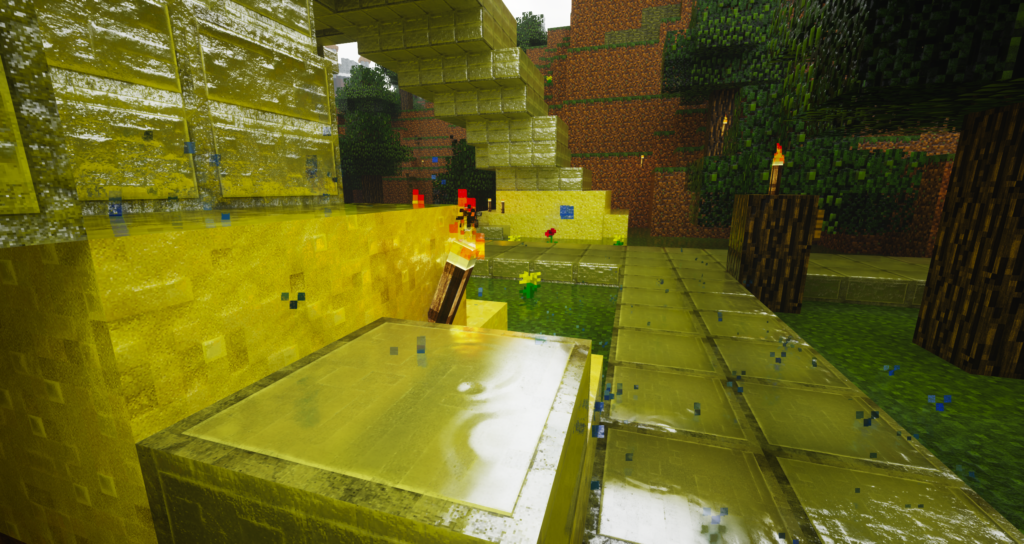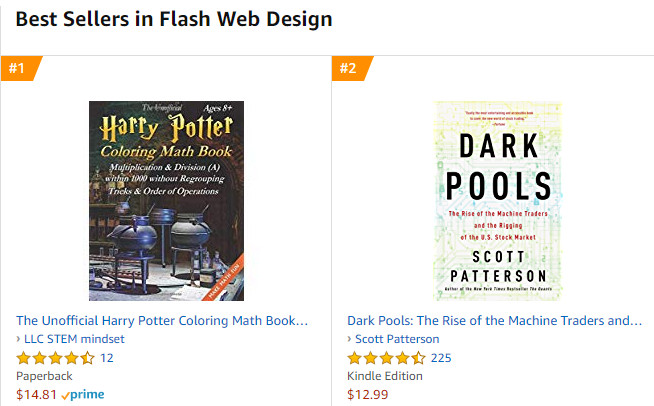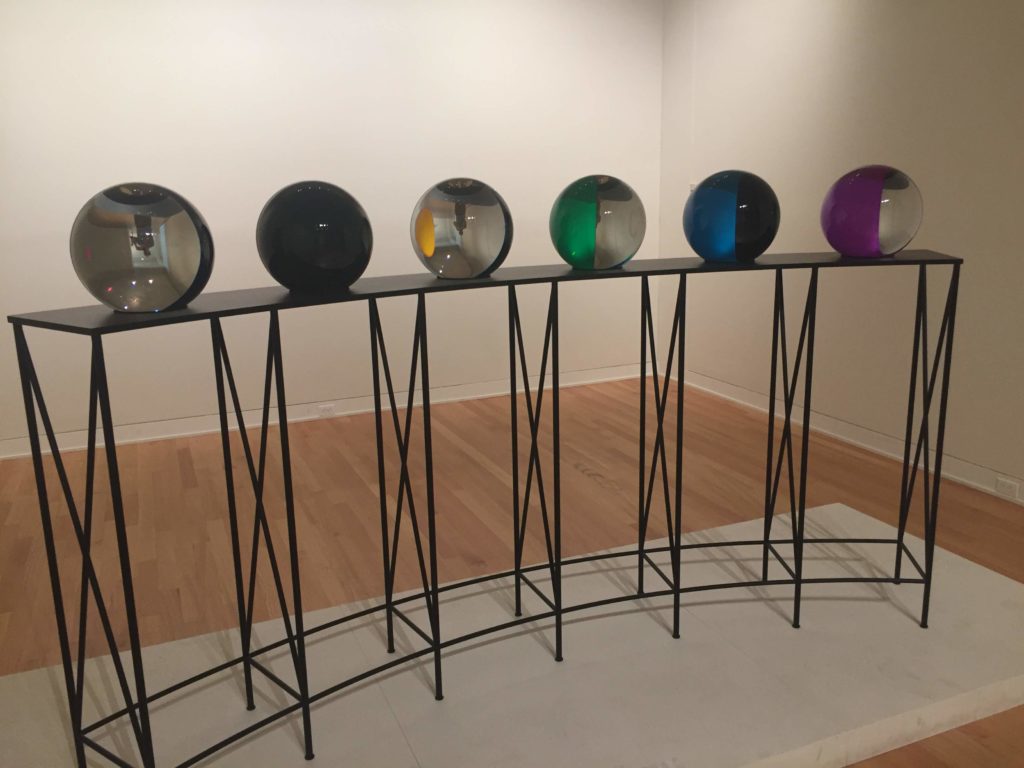First, Ray Tracing Gems is now available on Kindle for free; it’s also free through the UK and Germany Amazon sites. Great stuff, and I’ve asked about whether it could also be made available on Google Play in some form.
When Real-Time Rendering, 4th Edition came out I decided to plunk down the cash to get the Kindle and Google Play versions, just to see how they came out. Not bad: the resolution is not as high as I’d like for a few images, but overall the results are good. It’s understandable why the image quality was not up to the 300+ DPI of some of the original material, as the book’s file would be massively larger.
What’s of interest is how much more often I’ll use the Google Play version than the Kindle. I’ll even use it more than my own private PDF of the book. This is because it’s one click away: I have the URL bookmarked for the Google Play version, so it’s up immediately, no messing about looking for the file, loading an app, or any other nonsense.
For example, today I just tried Amazon’s cloud reader for Kindle, but I run into “License limit reached,” that I have exceeded the number of devices authorized blah blah blah. My favorite line of the warning is “You may also purchase another copy from the Kindle Store” – great, thanks. There’s none of this annoyance with Google Play; I can immediately read the book since it’s tied to my Google Account. I hope Amazon someday figures out a way to determine that I’m me (judging from the targeted ads I see on Amazon, they already have, but they haven’t extended the courtesy to Kindle access).
BTW, anyone trying to reproduce antialiasing or noise images in a book or printed article, be careful: you’ll probably want to zoom in on parts of your image, and want to make the zoomed image literally zoomed up using “nearest neighbor” filtering or similar. That is, say you select a 200×200 piece of an image to magnify, to show noise. I’d resize this to 600×600 and just replicate the pixels, “select and repeat” (often called “nearest neighbor” or “hold” or “pixel replication”). The printing process will naturally try to smooth images out the other direction, so you usually need to counteract this. If you have any sure-fire tips on doing this better than I’ve described here, I (and others) are all ears.
Update: due to Apress’s kind efforts, the book’s now free on Google Play.










